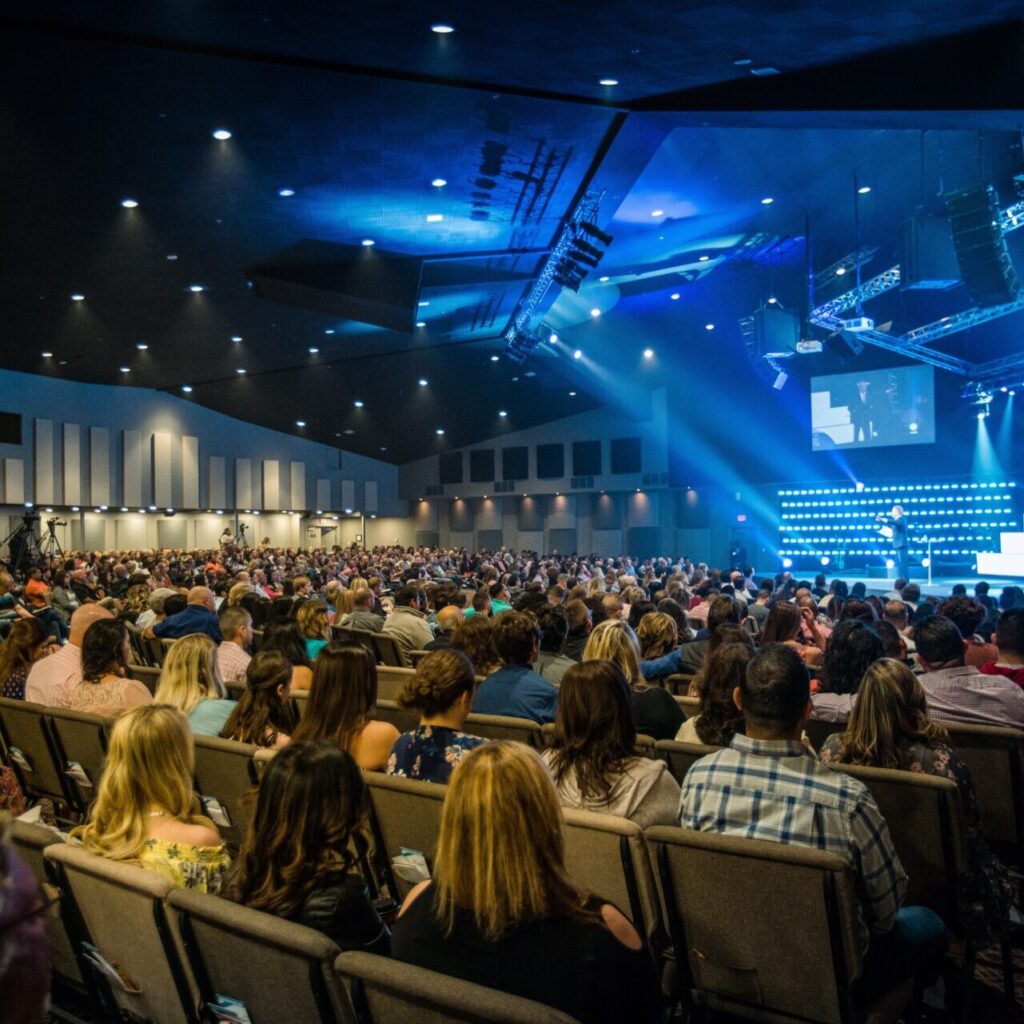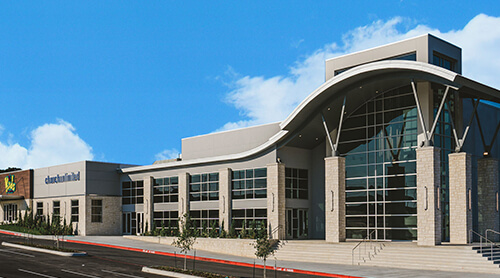Lighting systems are essential in any building because they provide the necessary illumination to see and work in a space. Lighting systems are also crucial for creating the desired ambiance in a room, which is essential for any commercial or residential area. Churches are no exception to this process.
Churches use lights for various purposes, such as creating a meaningful atmosphere, highlighting the architectural features of the building, and helping to guide worshippers during services. Without lighting, a church may not be able to create the desired atmosphere, and its members may not follow along in the service properly. However, creating a church lighting system can be harder than those in a commercial or residential building because it can be more extensive. For this reason, we will discuss the components of a church’s lighting system.
Soft-Edged Lights
Soft-edged lights are lighting fixtures that create a more subtle and even illumination in a space. This type of lighting is common in churches because it can create a more calming and spiritual atmosphere. Soft-edged lights are usually installed around the sanctuary’s perimeter but can also be used in other building areas. The lights are generally directed toward the ceiling or walls and can be adjusted to create different brightness levels.
Hard-Edged Lights
Unlike soft-edged lights, hard-edged lights are more direct and intense in their illumination. When installed near the altars, aisles, and other focal points, these lights work best in a church. They provide a more focused and powerful light, making it easier for worshipers to see and appreciate the details of the church’s architecture and decorations. Hard-edged lights are usually more expensive than soft-edged lights but can be worth the investment because of their superior lighting quality.
Beam Lights
Beam lights are lighting fixtures that produce a concentrated beam of light to project onto specific areas. Churches often use these lights to highlight a particular area or object in the sanctuary. Beam lights can also create dramatic effects and focal points in a church and provide additional lighting in dark places.
Types of Light Sources
Once you know what types of lights you need, you can choose from the following light sources:
Arc Lamps
Arc lamps are a type of beam light that produces powerful beams of light that can be directed onto a specific area. These lights often create dramatic effects in churches, such as creating an illuminated cross or a lighted backdrop for a choir or band.
Conventional Lights
As the name suggests, conventional lights are the most commonly used lighting fixtures. These lights usually consist of one or more bulbs enclosed in a housing, such as a lampshade or a globe. In churches, conventional lights are typically used for general illumination, including in the foyer and in the sanctuary, such as the aisles, the altar, and pulpit.
LED Lights
LED lights are becoming increasingly popular in churches due to their energy efficiency and long life. They are usually used to create more subtle lighting, such as colored lighting effects, or to light up specific areas. LED lights are also versatile, as they can make various lighting effects, from a soft glow to a bright spotlight. They are also more durable than conventional lights and are better for the environment.
Console Equipment and Cables
Naturally, you cannot control lights without consoles because they create a circuit allowing you to turn them on or off. Of course, you will also need cables to connect them, such as:
Dimmer Packs
Dimmer packs are typically used alongside conventional lights. They are electrical devices that allow the user to adjust the brightness of the lights. They are usually used to create a more subtle ambiance, often to set a mood or to dim the lights during a service. Dimmer packs are also used to save energy, as they allow the user to adjust the brightness level to match the needs of the space.
Power Cables
Power cables provide power to the lights and other devices. They are typically made of copper and come in different sizes for different power requirements. The power cable size and type will depend on the device being powered.
DMX Signal Cables
These cables connect the console to the lights and dimming devices. They are usually used for controlling lights and other devices that must be controlled by DMX512 signals, the standardized digital language used in the entertainment industry for lighting.
Conclusion
A church’s lighting system must be properly designed and installed to ensure it functions properly and safely. Because of this, the lighting system must be configured to work with the specific type of lighting fixtures being used and the type of control system. This way, the church can have the best lighting setup for whatever purpose it needs, whether for a service, special event, or any other purpose.
If you are looking for church lighting solutions, Messenger AVL can help you! We understand the needs of churches, so we develop comprehensive solutions to ensure your technical requirements are met for worship. Call us today at (678) 992-5670 to schedule a consultation!



